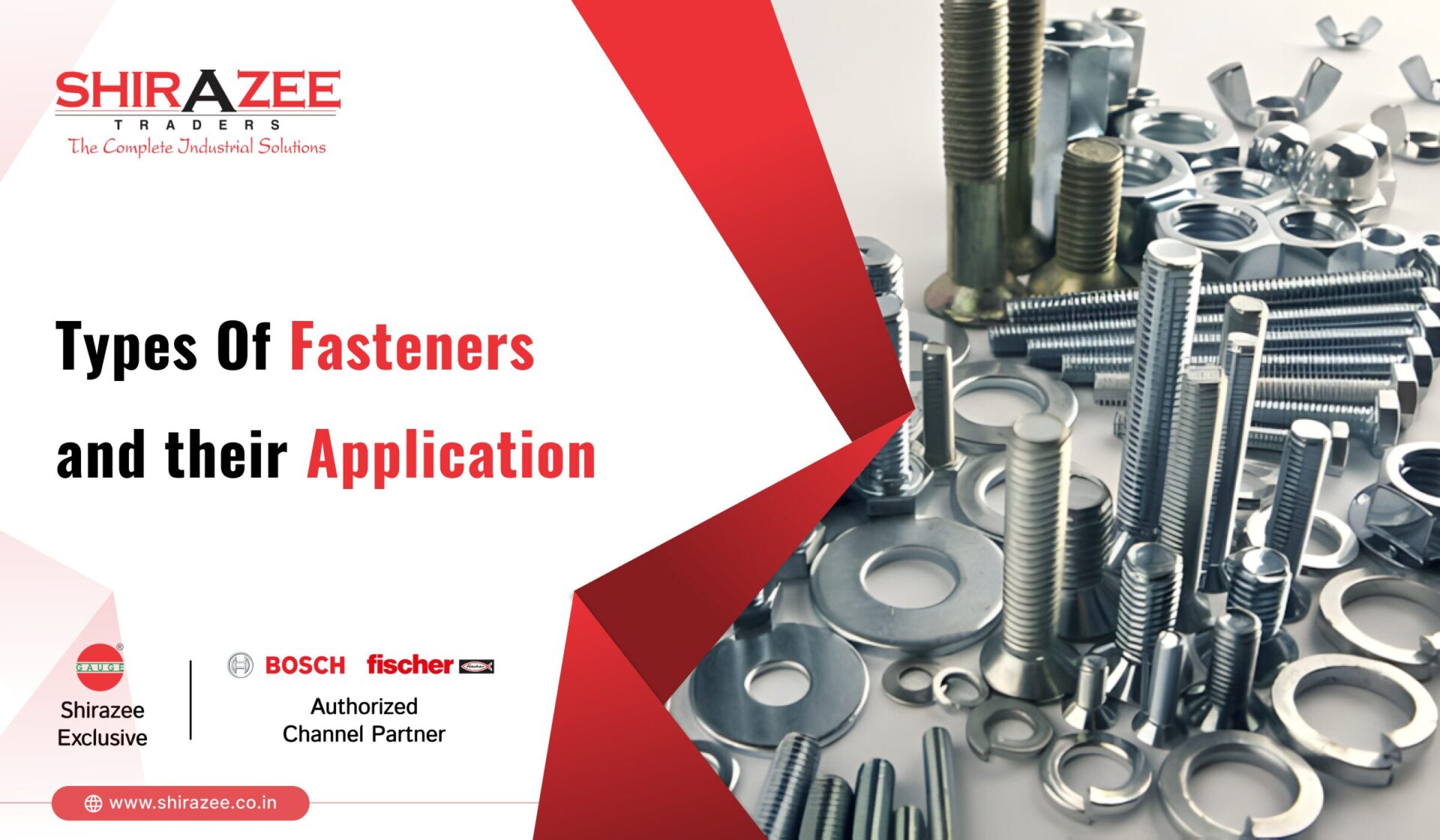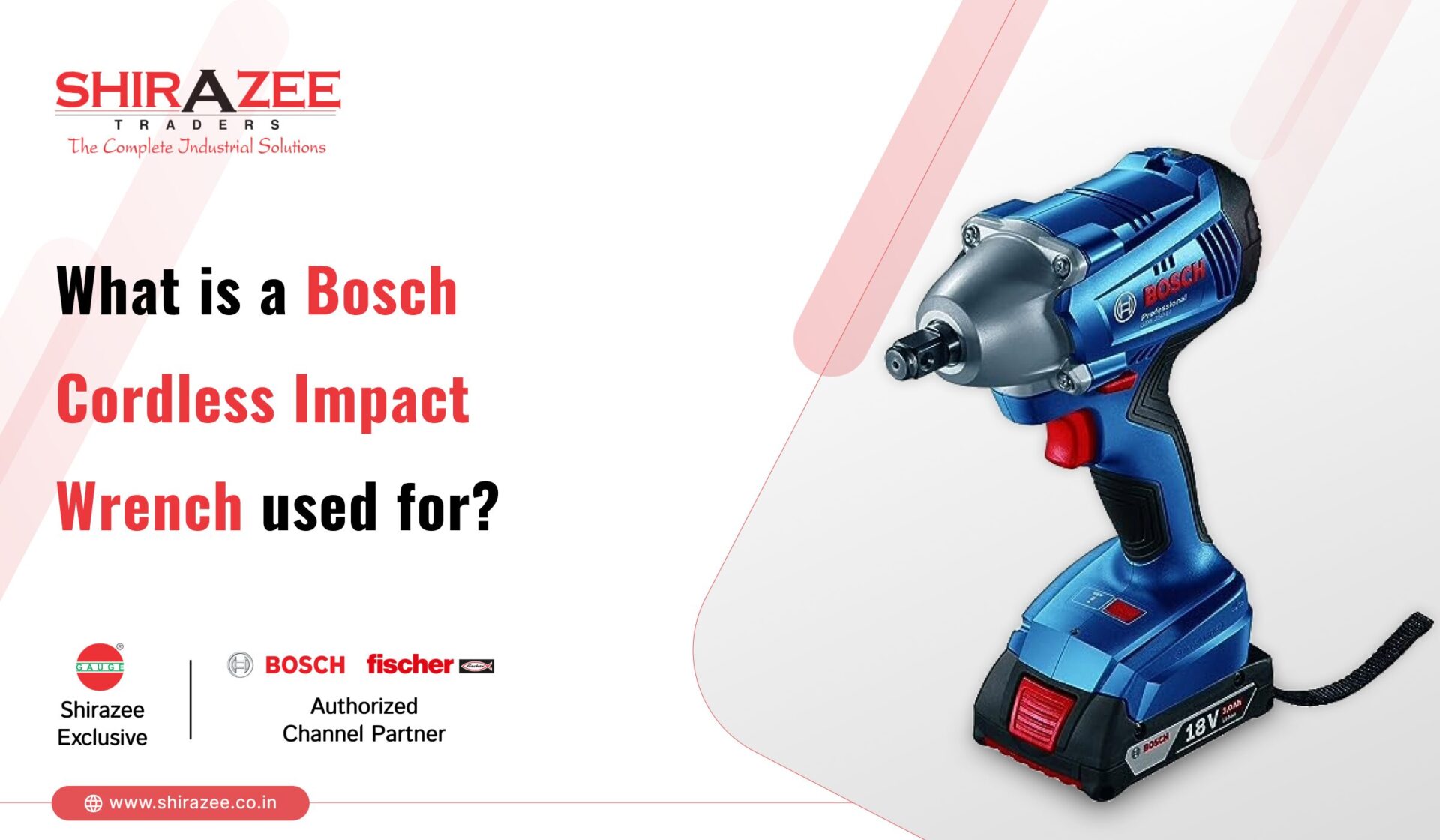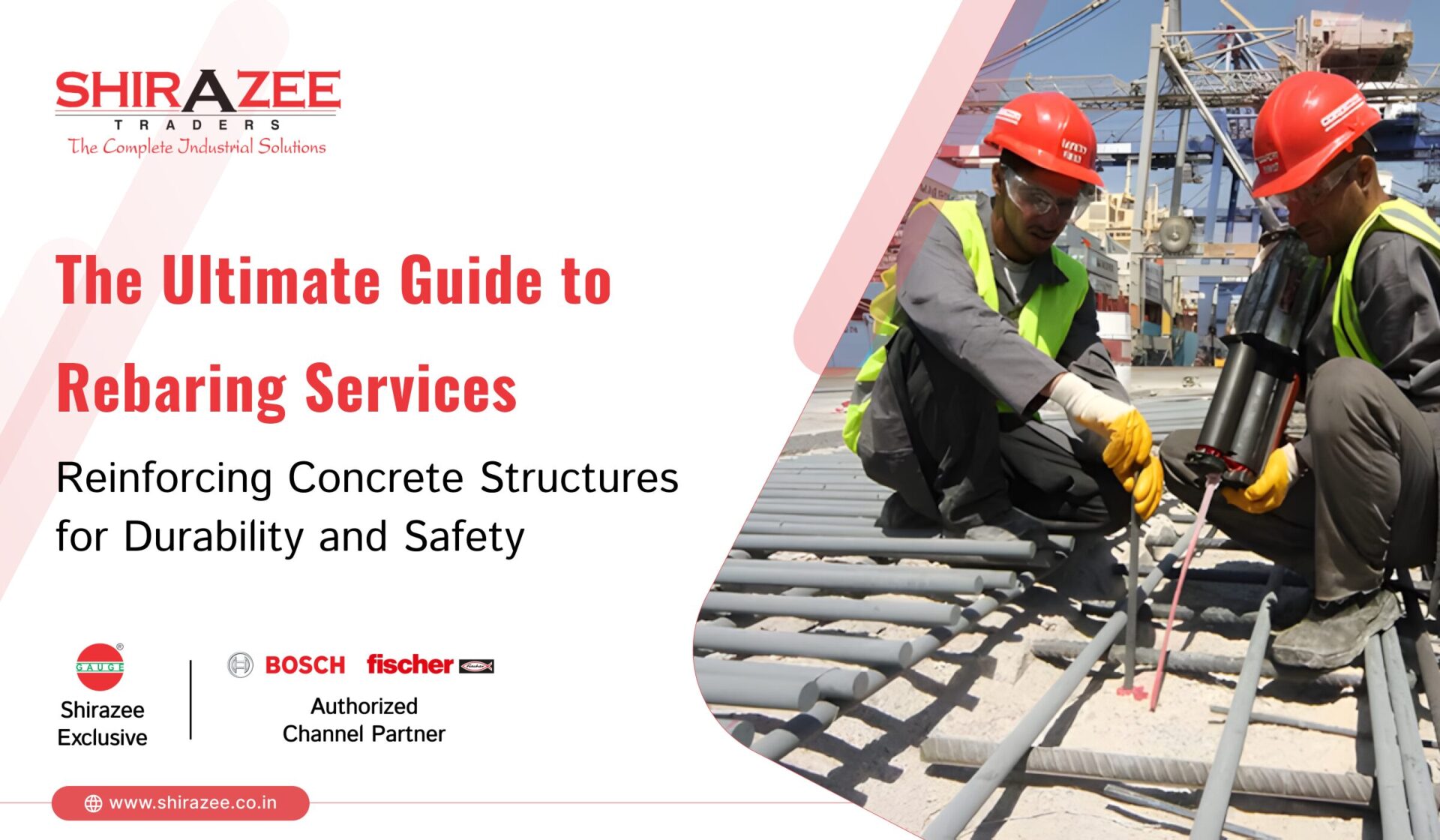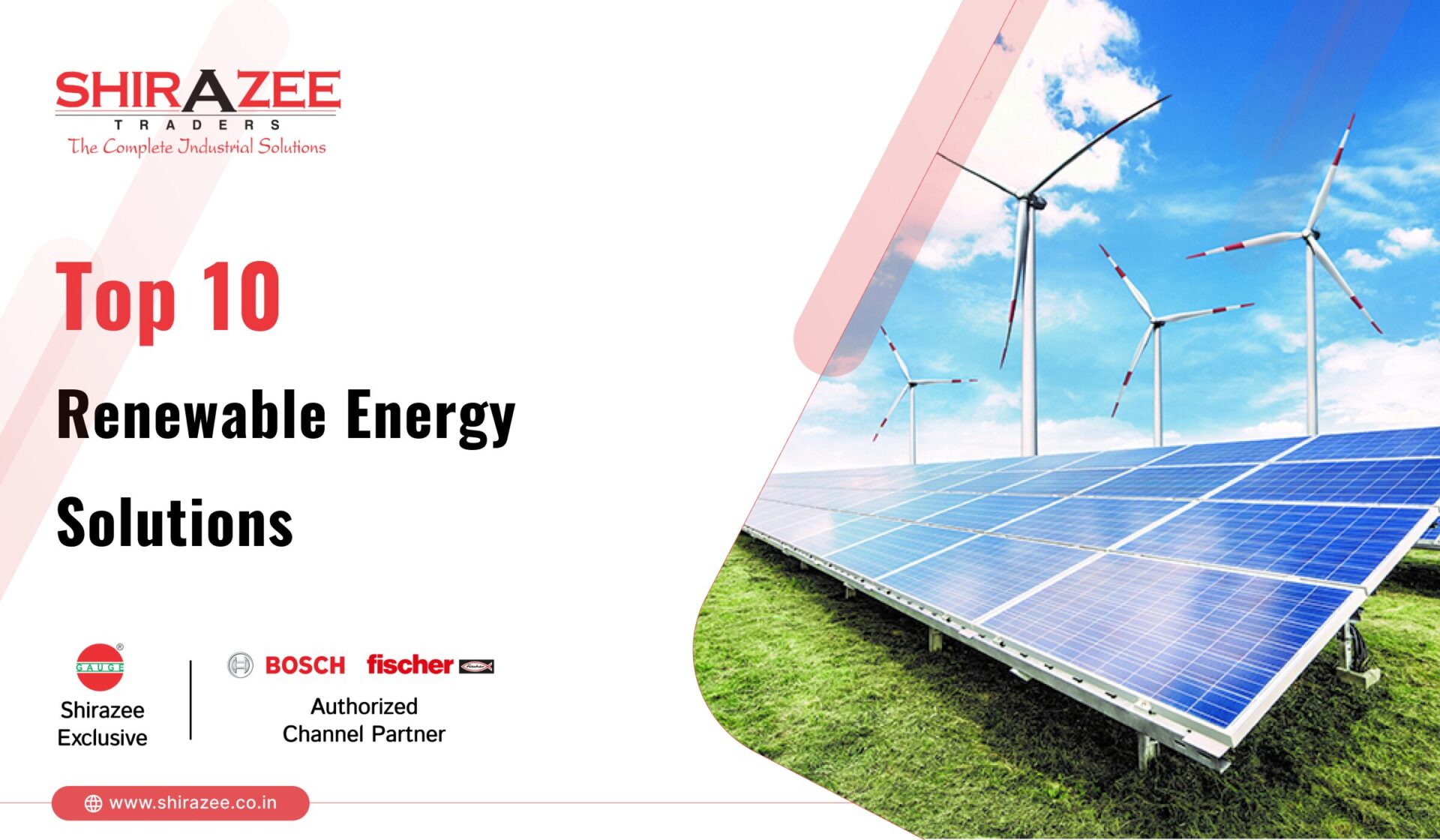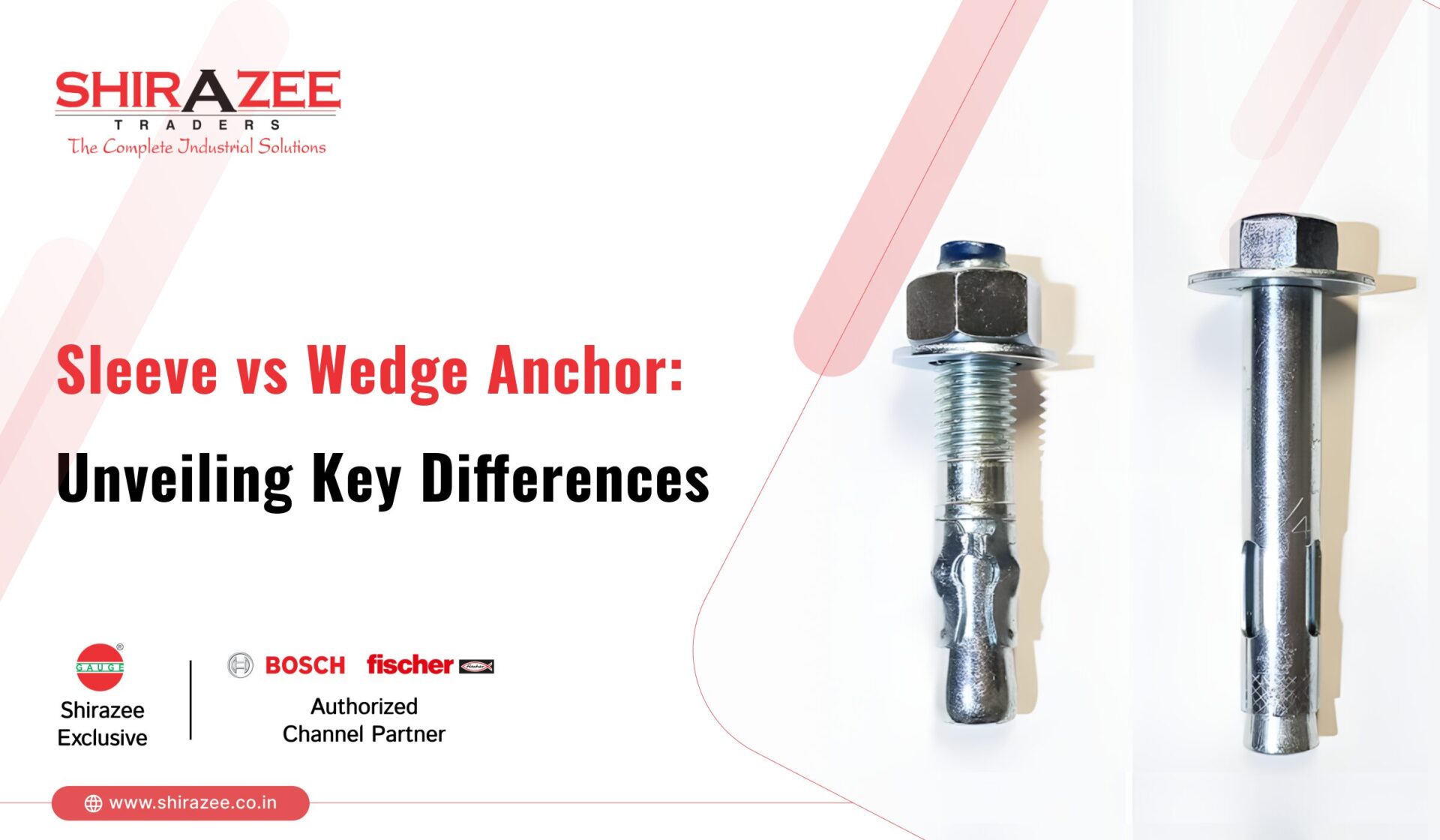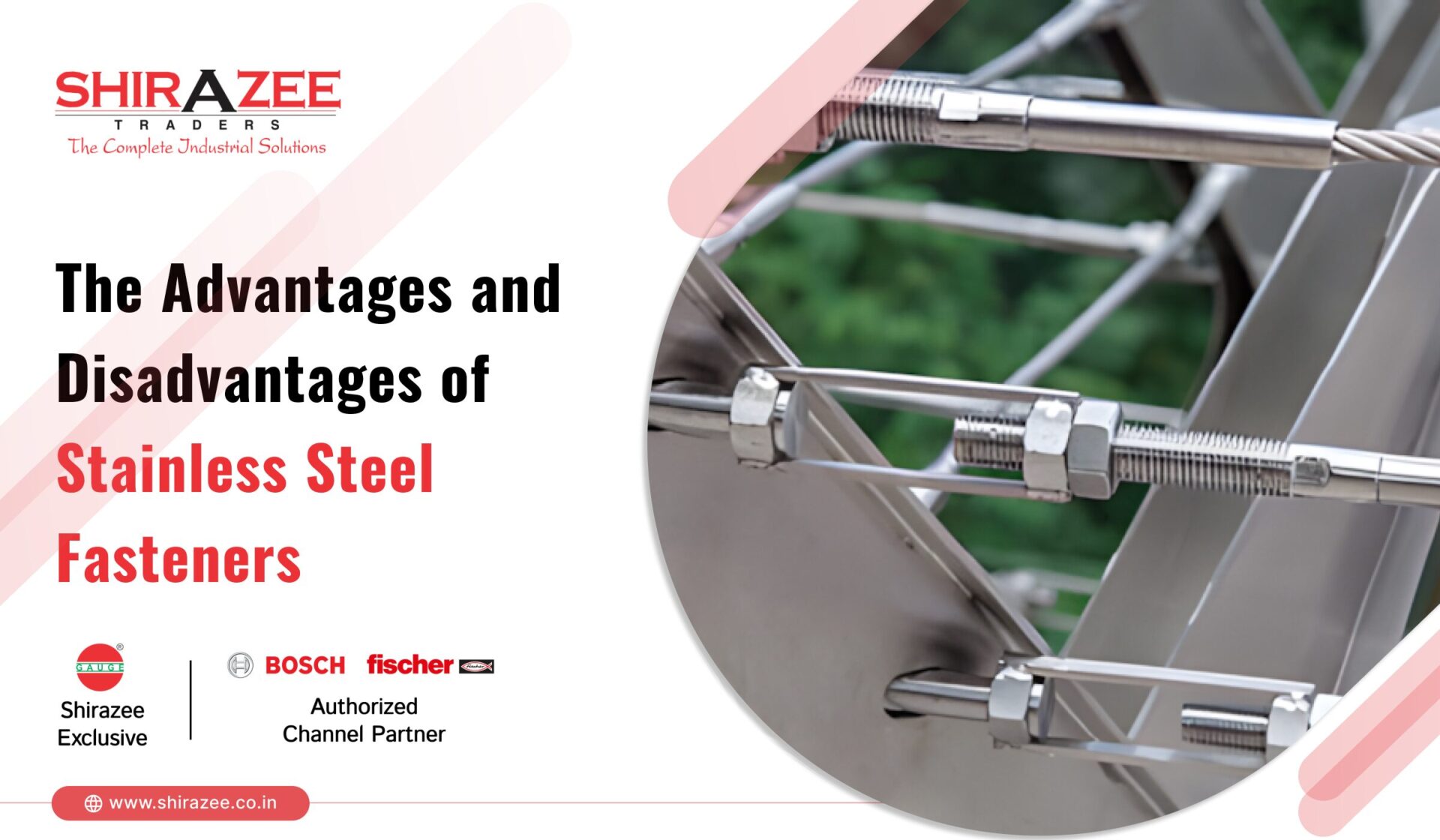
With the growing concern for environmental sustainability and the increasing costs of traditional energy sources, more people are turning to solar power as a viable alternative. Solar system installation has become a popular choice for homeowners and businesses alike, thanks to its potential for long-term savings and contribution to renewable energy goals. However, like any other technology, solar systems come with their own set of advantages and disadvantages. In this blog, we will explore the pros and cons of solar system installation and provide tips on how to maintain it effectively.
Introduction to Solar System Installation
Solar power harnesses the energy of the sun and converts it into electricity using photovoltaic (PV) panels. This clean and renewable energy source has gained significant traction over the years, becoming an integral part of the global push towards sustainable living. Installing a solar system not only helps reduce your carbon footprint but also offers substantial financial benefits in the long run. However, it’s essential to weigh the advantages and disadvantages before making an informed decision.
Advantages of Solar System Installation
1. Renewable Energy Source
One of the most significant benefits of solar power is that it is a renewable energy source.
2. Reduces Electricity Bills
Any excess energy produced can often be sold back to the grid, providing an additional income stream.
3. Low Maintenance Costs
Solar systems require very less maintenance cost. Once installed, they need occasional cleaning and regular inspections to ensure optimal performance.
4. Environmental Impact
It produces no greenhouse gasses or pollutants, reducing your carbon footprint and contributing to the fight against climate change. By choosing solar power, you help promote environmental sustainability.
5. Energy Independence
With your own renewable energy source, you are less vulnerable to fluctuations in energy prices and supply disruptions. This can be particularly beneficial in remote or off-grid locations.
Disadvantages of Solar System Installation
1. High Initial Costs
The upfront cost of solar system installation can be high. However, various government incentives, rebates, and financing options can help offset these initial expenses.
2. Weather Dependent
Solar power generation is weather dependent. While solar panels can still produce electricity on cloudy days, their efficiency is significantly reduced. This means that solar power may not be a reliable sole energy source in areas with limited sunlight.
3. Space Requirements
If you have limited roof space or your property is shaded by trees or buildings, it may be challenging to install a sufficiently large solar system to meet your energy needs.
4. Energy Storage Costs
To ensure a constant power supply, especially during the night or on cloudy days, you may need to invest in energy storage solutions such as batteries. These can add to the overall cost of the solar system installation.
5. Manufacturing Impact
The production of solar panels involves the use of certain hazardous materials and energy-intensive processes. Although the environmental impact is lower compared to fossil fuels, it’s important to consider the entire lifecycle of solar panels, from manufacturing to disposal.
How to Maintain Your Solar System
Maintaining your solar system is crucial to ensure it operates efficiently and lasts for many years. Here are some maintenance tips:
1. Regular Cleaning
Clean the panels regularly using water and a soft brush or a hose.
2. Inspect for Damage
Periodically inspect your solar panels and related equipment for any signs of damage or wear. Check for cracks, loose connections, or any other issues that could affect performance.
3. Monitor Performance
Most modern solar systems come with monitoring tools that allow you to track their performance. Regularly check the system’s output to ensure it is functioning correctly. If you notice any significant drop in performance, it may be time to call a professional for a thorough inspection.
4. Professional Maintenance
Professionals can perform detailed inspections, cleanings, and repairs that go beyond routine maintenance.
5. Keep Inverter and Batteries in Good Condition
The inverter is a crucial component of your solar system, converting the DC power generated by the panels into AC power for your home. Ensure it is functioning correctly and check the batteries if your system includes energy storage. Maintain the batteries according to the manufacturer’s instructions to prolong their lifespan.
Conclusion
Solar system installation offers numerous advantages, from cost savings to environmental benefits. While there are some disadvantages, such as high initial costs and weather dependence, the long-term benefits of solar power far outweigh these challenges. By maintaining your solar system properly, you can ensure it continues to provide clean, renewable energy for many years. Explore our solar system installation services today and take the first step towards a sustainable and energy-independent future. Contact us now for a consultation and discover how we can help you harness the power of the sun.


